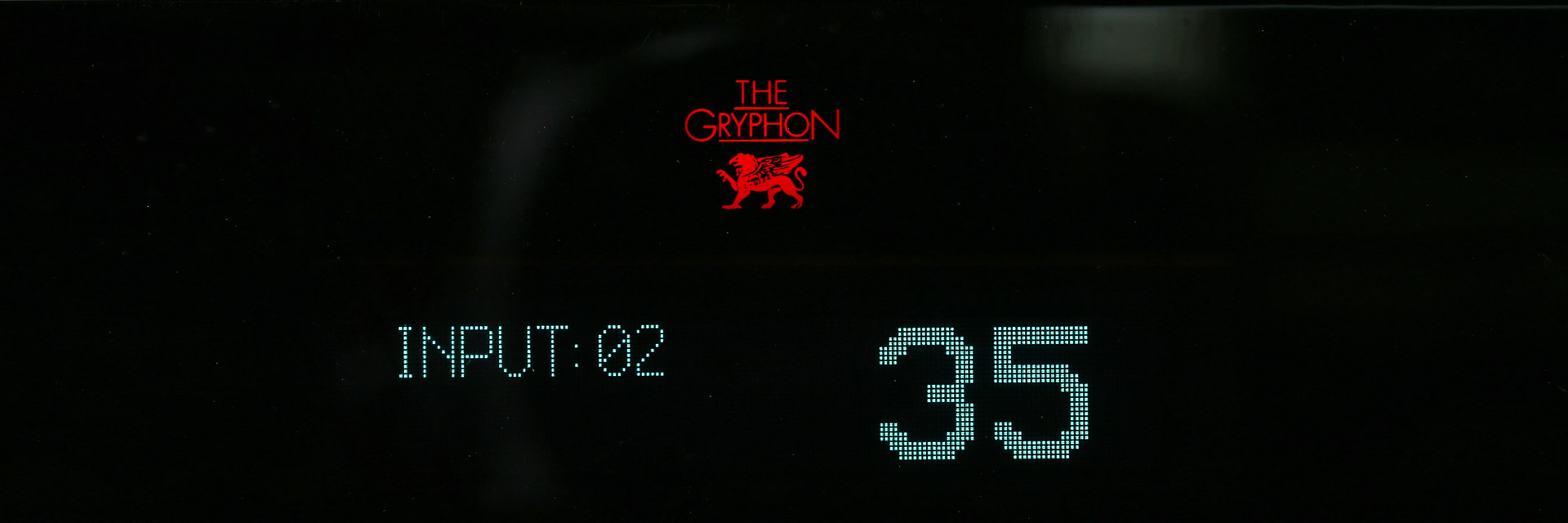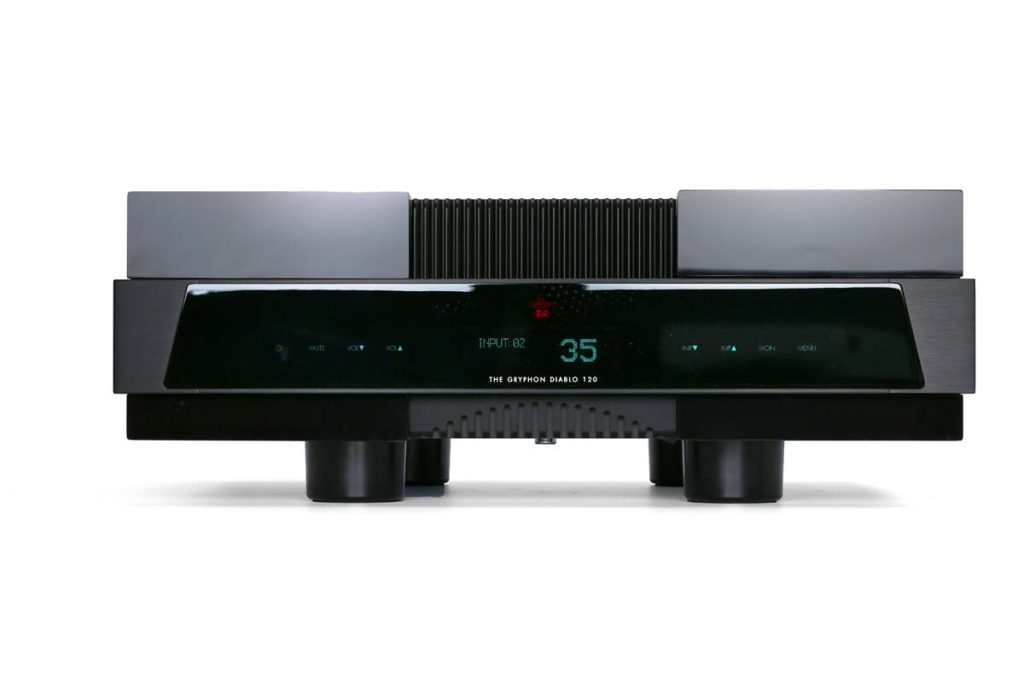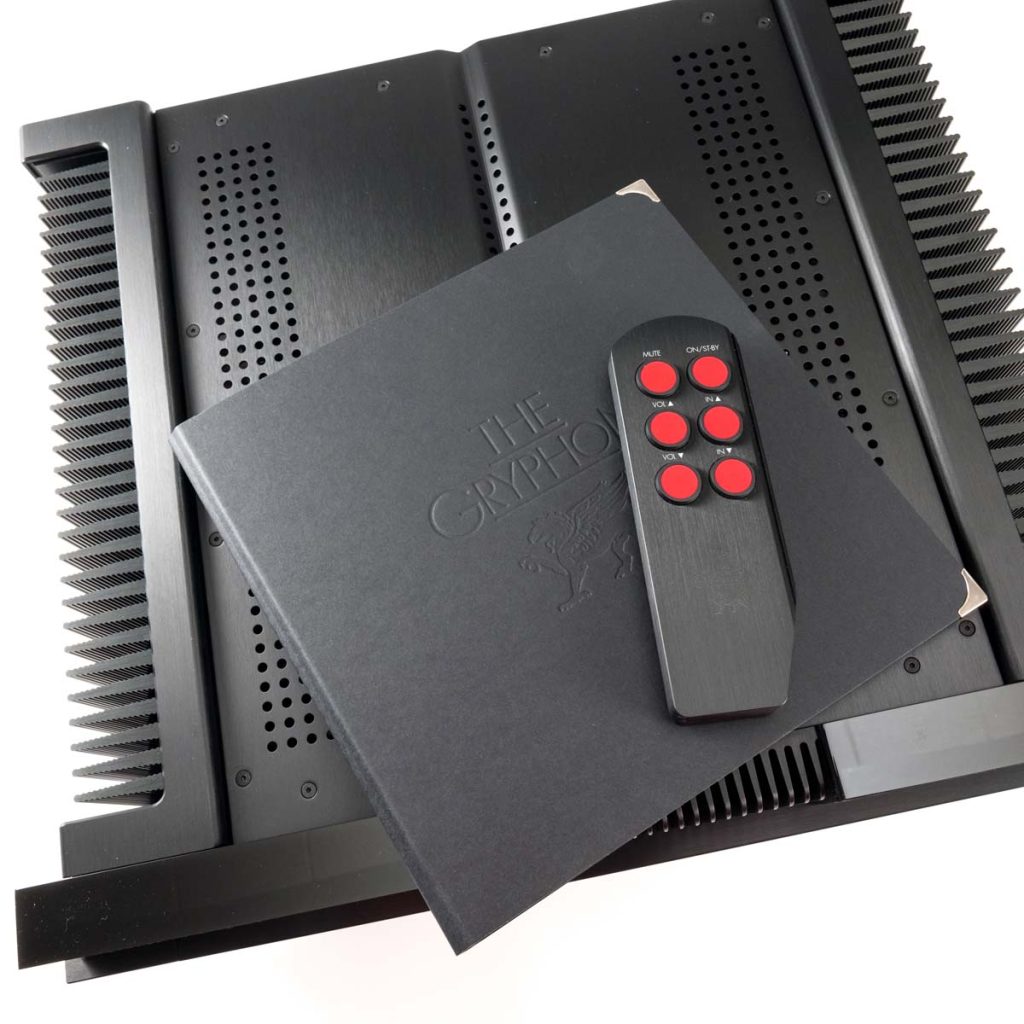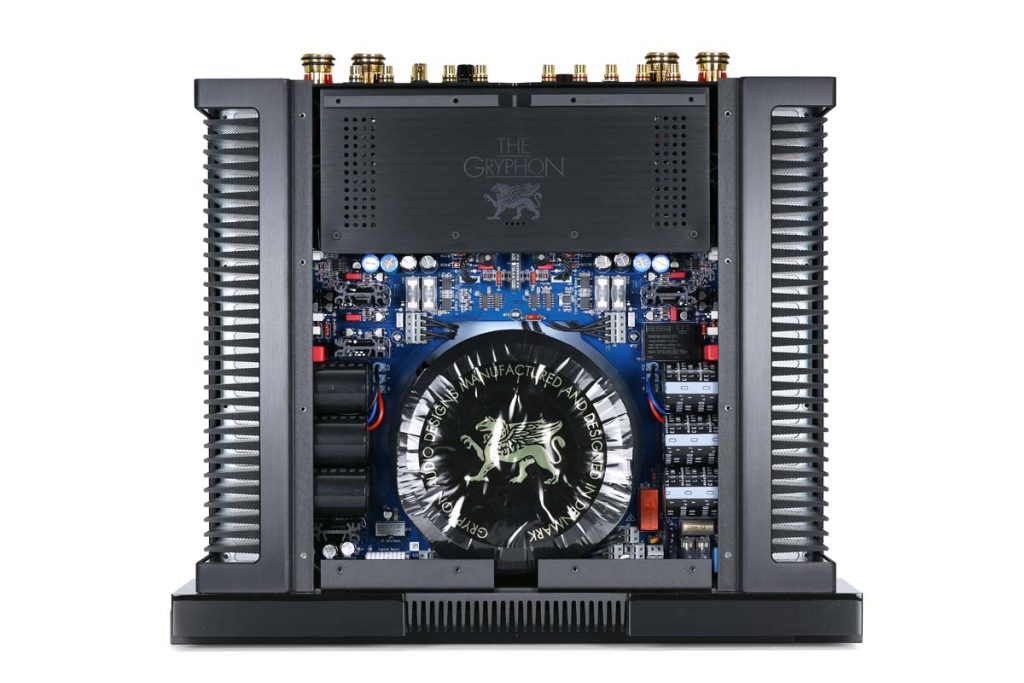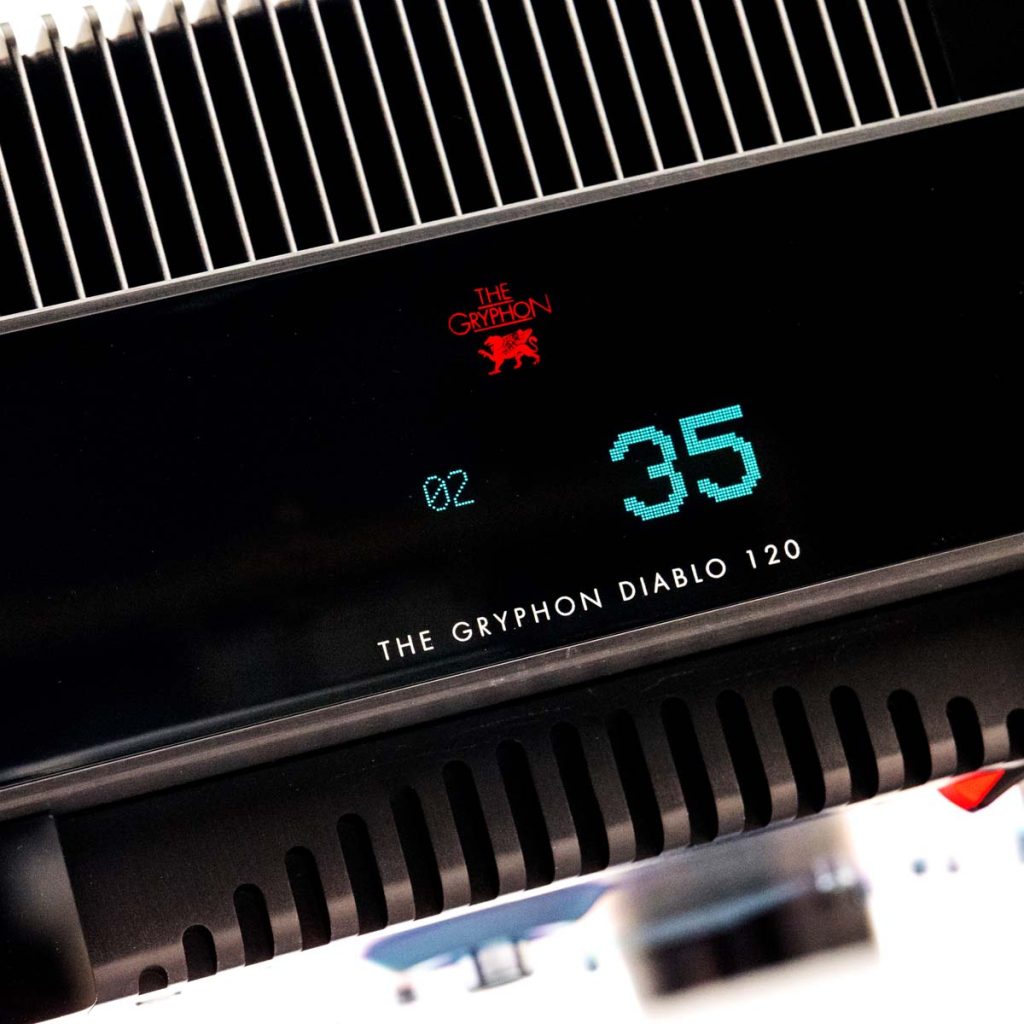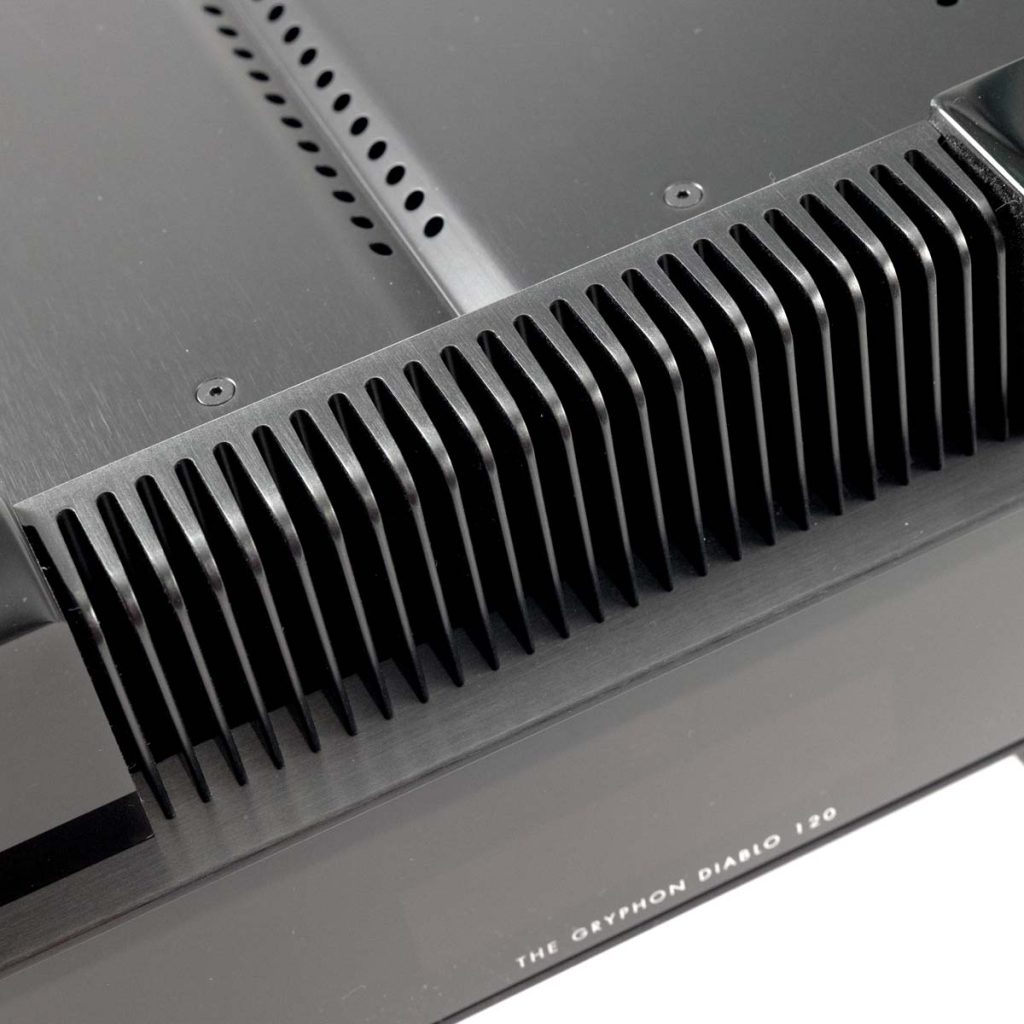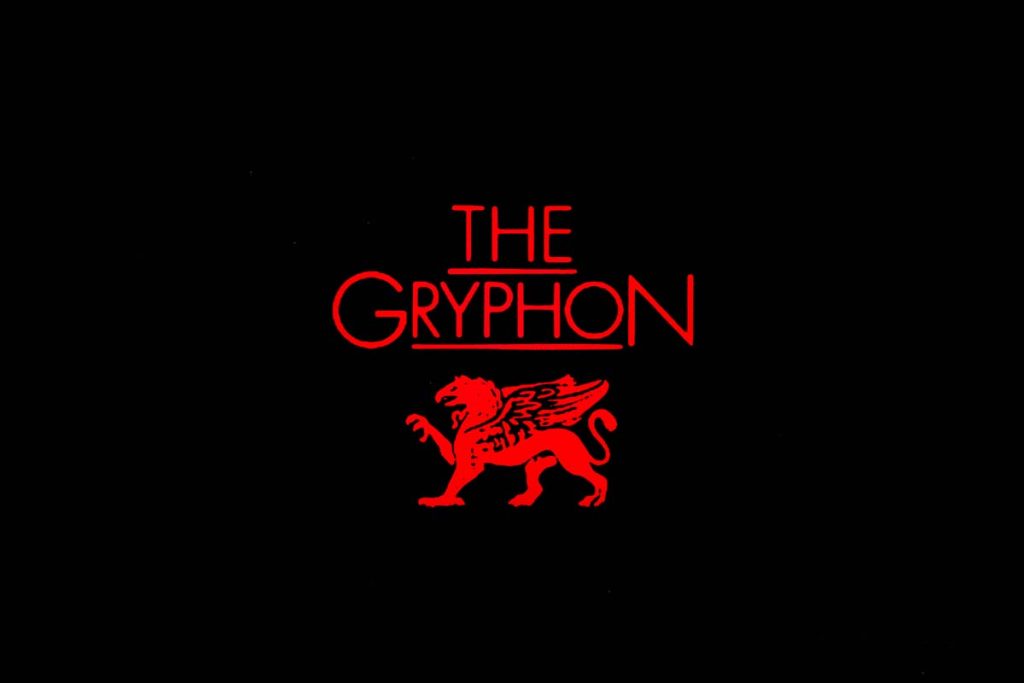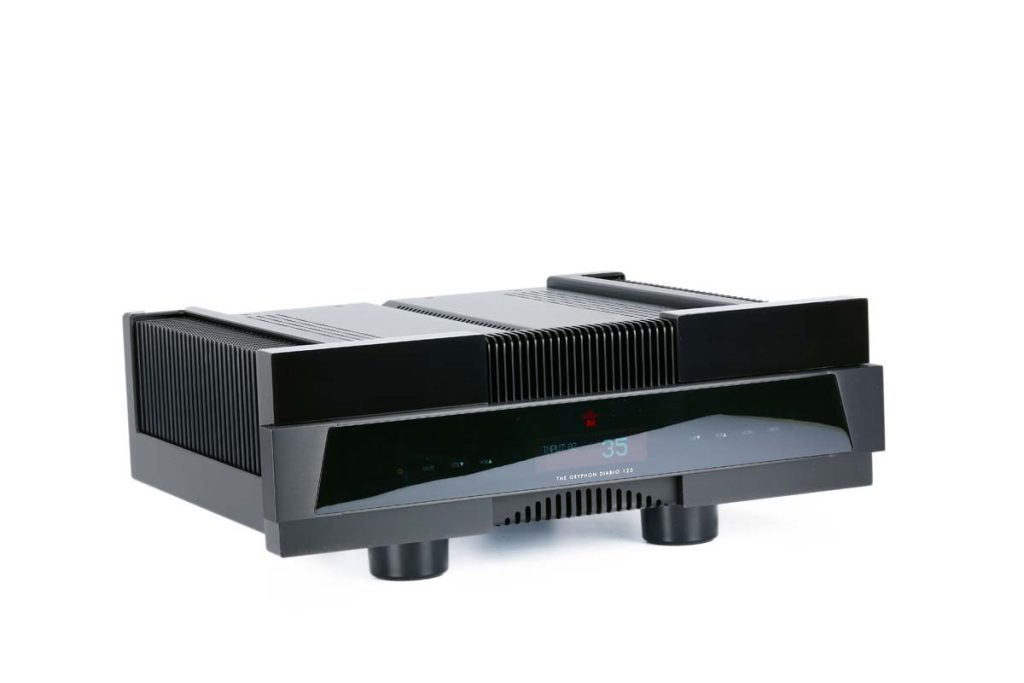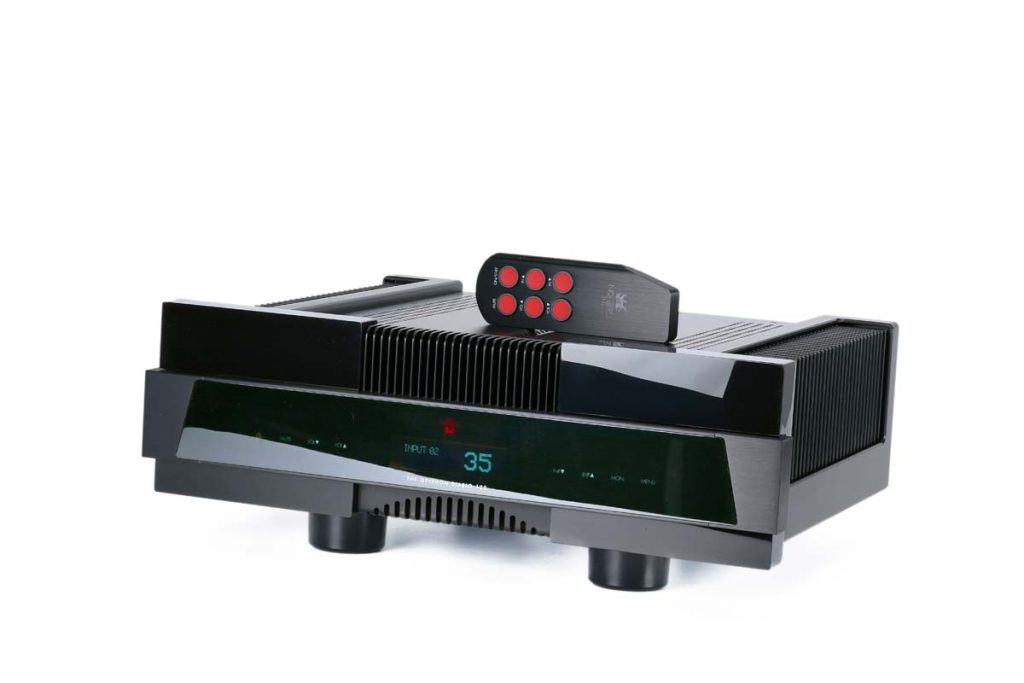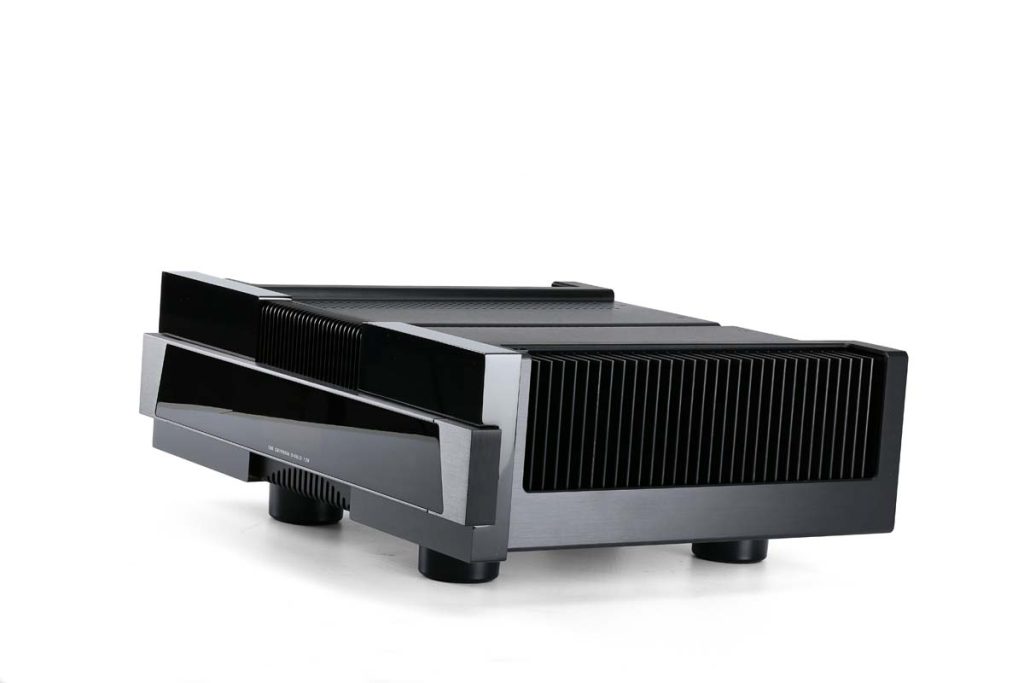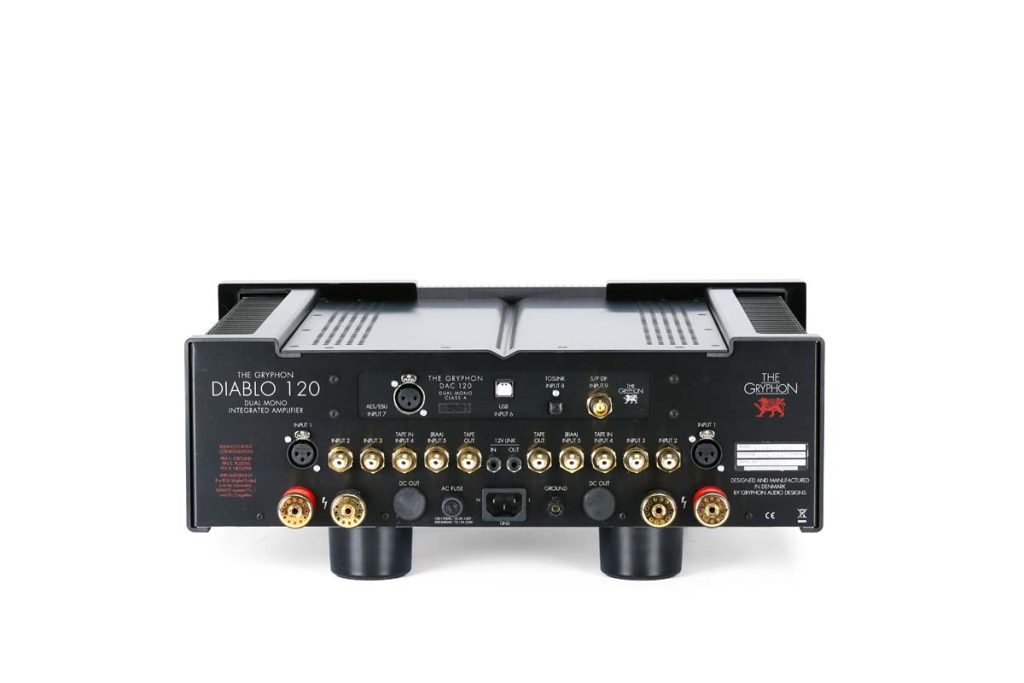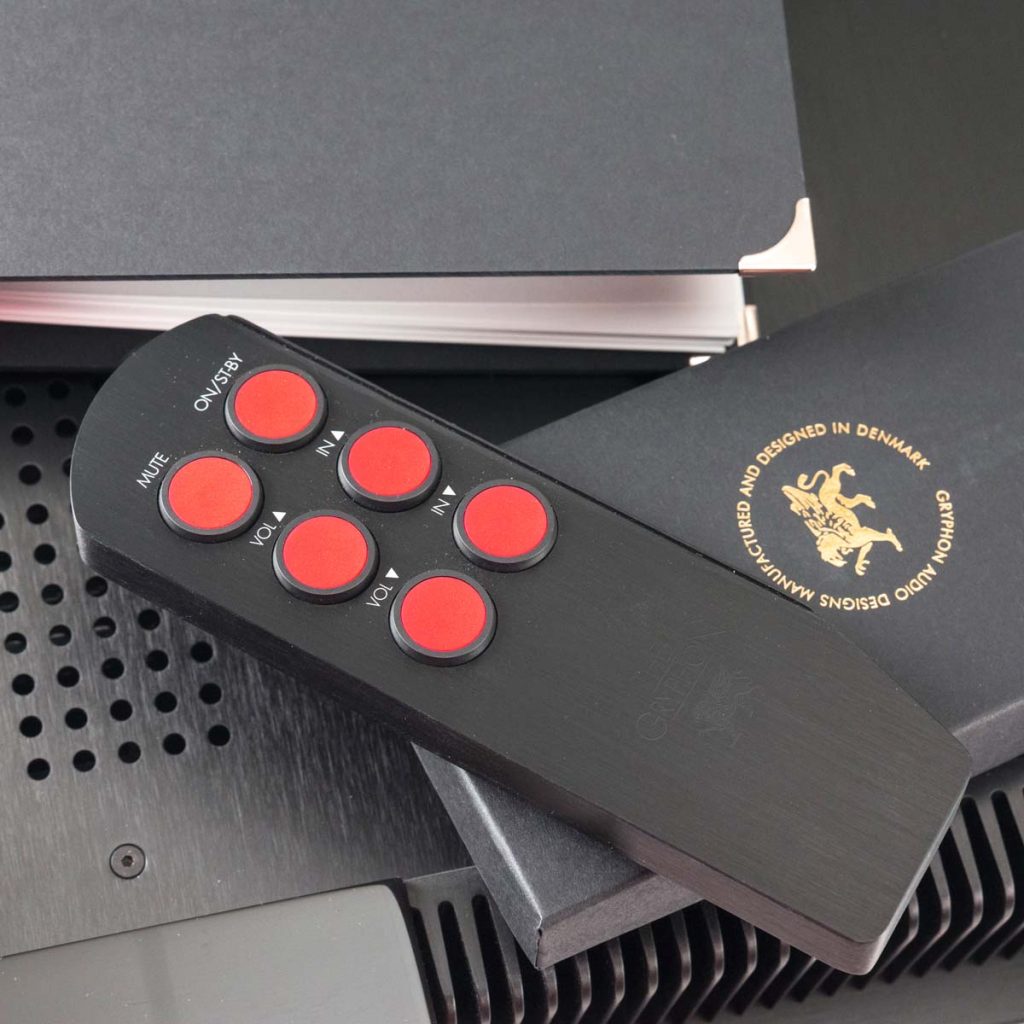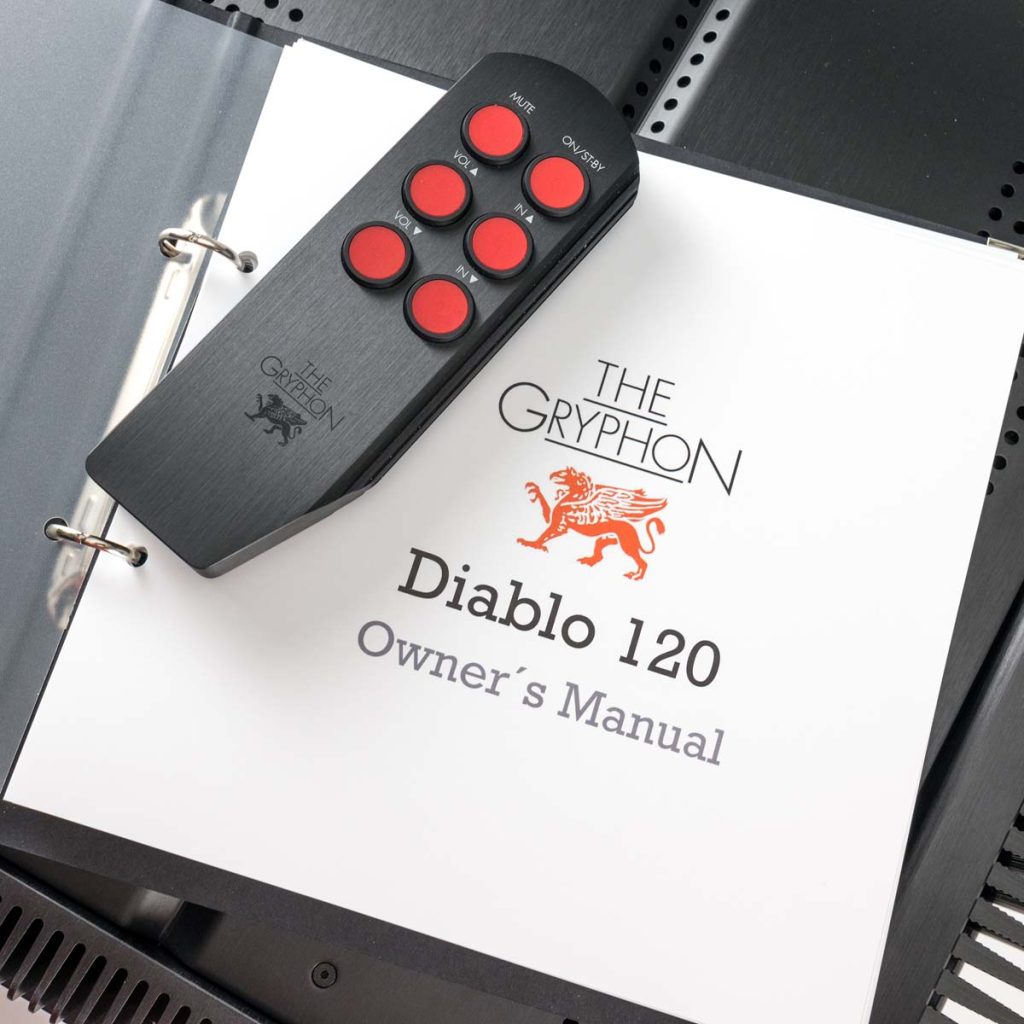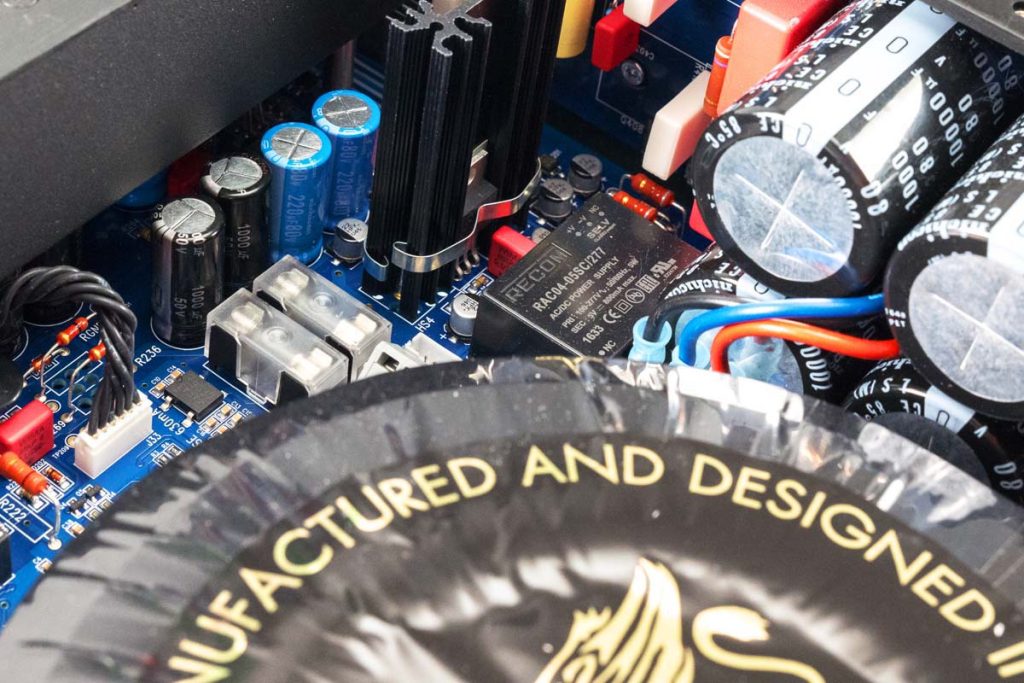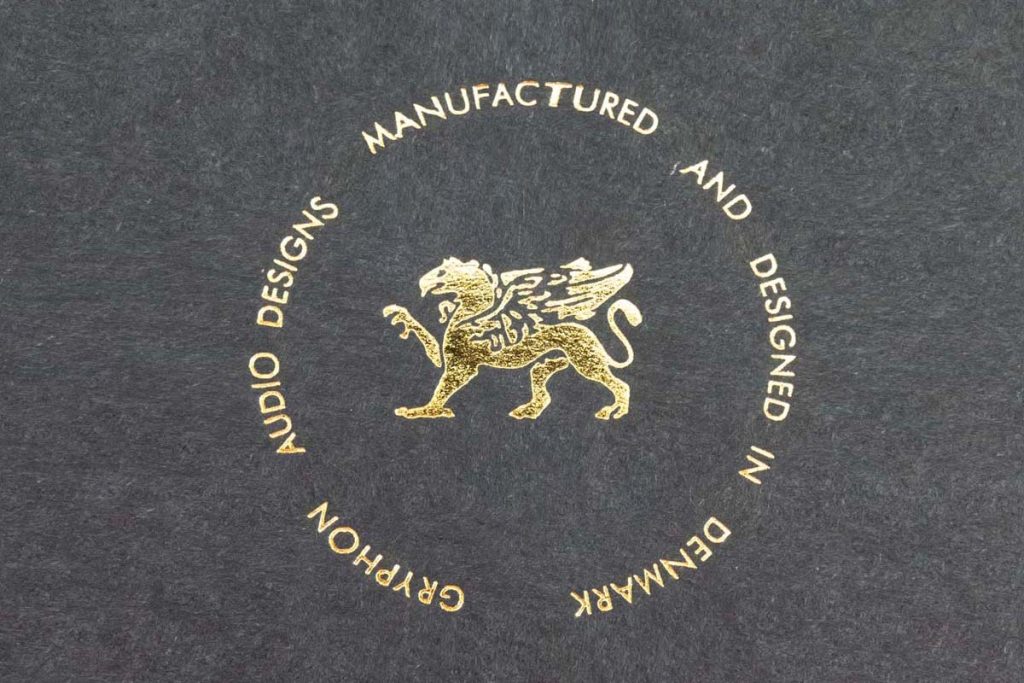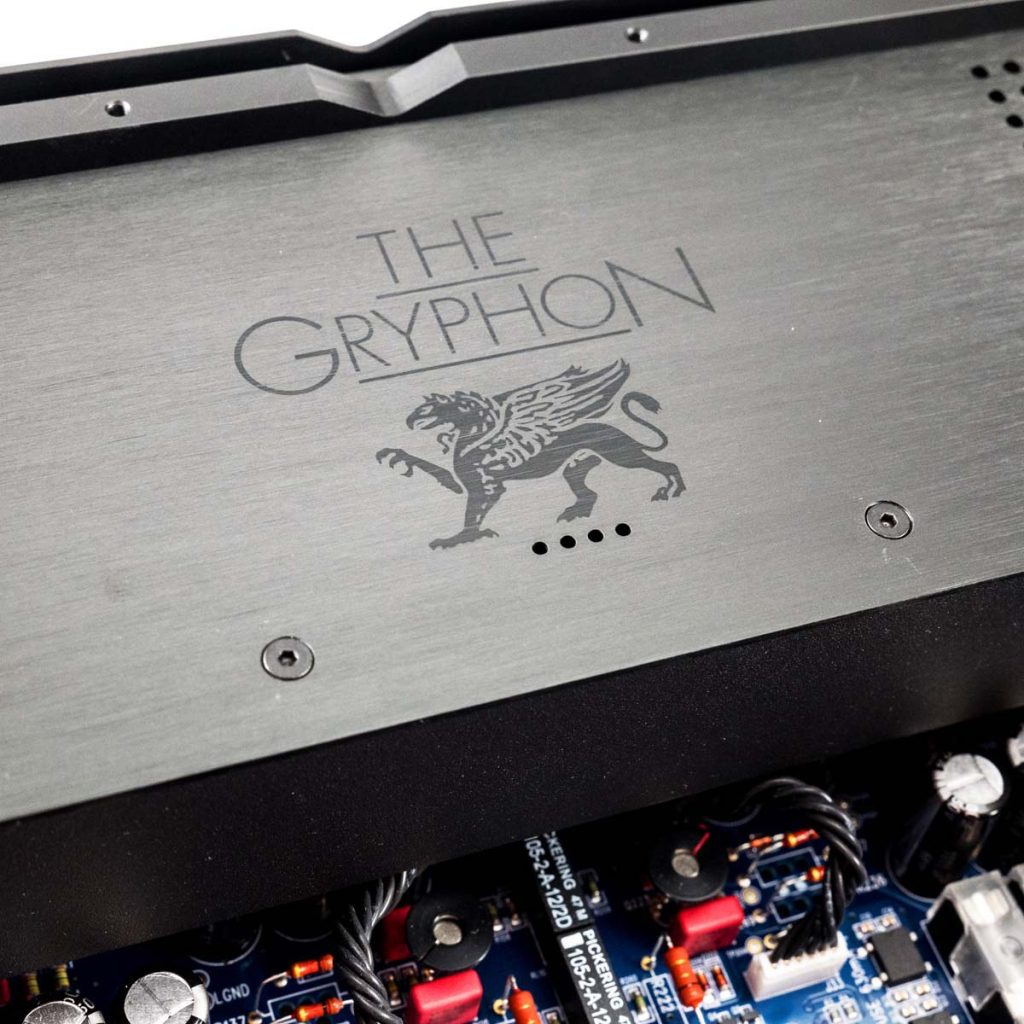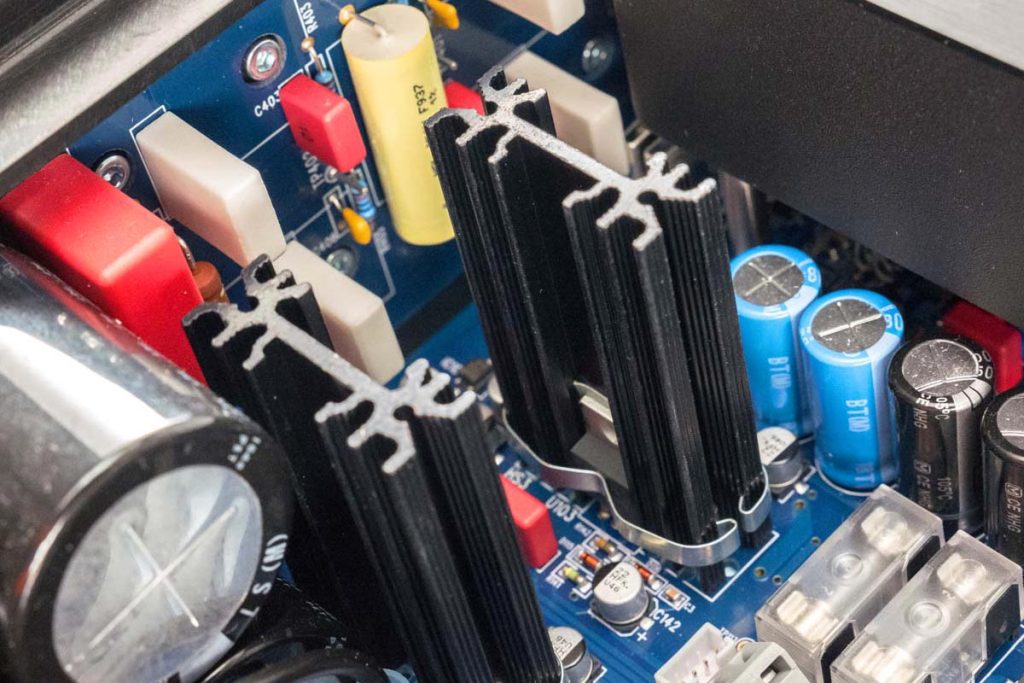The Little Gryphon Roars
Gryphon Diablo 120 – what the mythical Griffin has to do with the Athens Opera and the atomic second.
Every day, I consider a “topic of the day” that I pick up either on the radio, in the newspaper, or from the world around me. On the day that Cai Brockmann told me we would be testing the Gryphon Diablo 120, I was thinking about the premiere of the opera Elektra in Athens. A very wealthy patron had bestowed the troubled Greeks a phenomenal opera house, an impressive edifice that need not fear comparisons with other leading houses of the world. That makes me extremely happy; I’d have liked to have been there. While I’m not exactly known as an opera lover, I am emotionally moved by any passionate performance — and that goes whether it’s an opera in the Greek capital or a rock concert by a local band in the Australian outback town of Bourke. On the day the Gryphon Diablo was delivered to me, I found out about the 50th anniversary of the atomic second. I always find these human achievements very exciting. The second was first referred to as a sixtieth of a minute in the year 1000; the first clock with a second hand appeared in 1585; and the official definition of the unimaginably precise “atomic second” was adopted on October 13, 1967.
Both events — opera and the atomic second — take us directly to the Diablo 120. After all, I can precisely summarize my expectations for the new little amplifier from Gryphon by referring to those two topics: a performance of emotional musicality along with embedded atomic accuracy. Can the new integrated amplifier live up to these lofty expectations?
With his Gryphon brand, Flemming E. Rasmussen has created a high-end company that enjoys an outstanding reputation throughout the world. To begin with, Rasmussen has incredible credentials: He honed his special skill set working in a broad range of positions, including as a photographer and illustrator, a fashion and industrial designer, a corporate manager, and a hi-fi importer, before founding Gryphon in 1985. Many will recall its launch with the small headphone amp, which went through the roof thanks to a test review in Japan rating it a “best buy.” It’s always amazing when serendipity makes an appearance at the right moment to set loose incredible dynamics and raise entirely new stars to the podium. And some can even survive up there at the top: Unlike any other, Rasmussen took a well-thought-out approach to design, quality, and durability; and today, Gryphon is a player in the hi-fi upper class, especially when it comes to amplifiers. Digital and speaker products along with cables and accessories complete the company’s portfolio. Typical Gryphon prices currently begin at €9,000 for the Scorpio CD player and move rapidly upward into the ultraluxury class; for instance, the Kodo speaker system costs more than €300,000.
Although Gryphon’s various preamps and power amplifiers all reflect state-of-the-art quality, Rasmussen has never forgotten the integrated amp or relegated it to second-class status. On the contrary, he raised it to the same level as the others, which is consistent with his company’s approach. Gryphon then spread the word about the amp’s strengths, which include shorter signal paths and handling and price advantages while maintaining the same reference-worthy sound quality. And success has proven Gryphon right: The (original) Diablo was sold by the thousands during its 10-year production run and is counted among the most successful high-end amplifiers of all time. It has been the subject of a number of euphoric tests worldwide and is as important for Gryphon as the 3 series is for BMW — it forms the centerpiece of the company. In 2016, the Diablo was replaced by the somewhat higher-positioned Diablo 300, which is heading for an equally successful career run. A year later, it hit its first home run with a Rocky Mountain International HiFi Press Award (RIHPA) for the best integrated amplifier of the year. The greatest, most significant of all hi-fi awards, the RIHPA, is presented annually at the Rocky Mountain Audio Fest in Denver, Colorado, in the US. FIDELITY serves on the jury for the award and helps to jointly organize it.
The recently launched, smaller Gryphon, the Diablo 120, clearly draws from the 300 while simultaneously serving as a replacement for the discontinued Atilla, which has led its class since 2009. The Diablo 120 represents a very remarkable evolutionary step and contains identical design elements as its big brother: The 120 can, for instance, also be equipped with a phono or digital module. I was pleased the Gryphon sales team at TAD in Germany provided me with a Diablo 120 that had a D/A converter module that’s said to have been derived from the highly lauded DAC Kalliope.
The amplifier’s mechanical layout is a sight worth seeing. Consistent dual-mono technology, extremely short signal paths, and the highest-quality audiophile-grade components promise long-term reliability and thermal stability. Thanks to meticulous electrical and mechanical grounding, the Diablo 120 boasts exemplary silence in terms of inherent noise. These aspects are important to me. I appreciate devices that have been thoughtfully designed from start to finish. As soon as I spot a technical weakness or something similar, it’s a thumbs down from me. Which doesn’t happen with the Diablo 120, even when I take a closer look.
Output power is some 20 percent greater than the predecessor and doubles with every halving of the load, which ensures high current capacity. The enormous bandwidth of 0.1 Hertz to 250 Kilohertz, a 46-stage volume controller with maximum precision, and the lack of a negative feedback loop promise stable qualities. The number of connections and potential degree of customization are absolutely in line with practical use. The forward-looking D/A converter module offers four digital inputs and can handle any kind of DSD and PCM data available today. Because Gryphon also never loses sight of vinyl aficionados (you only have to remember milestones such as the Orestes), a phono preamp can also be installed instead of the DAC. Unfortunately, I don’t have one of these available at the moment. As a vinyl fan, I’ll plead for a second chance in one of the coming issues.
In terms of design, I’m a follower of the Bauhaus philosophy, a paradigm former Apple boss Steve Jobs had surely driven to marketing perfection. Design is not just looks, but everything: from the experience of unpacking a product to its first use, from the electrical and mechanical engineering that goes into it to its intuitive operation and long-term functioning. Here, the Gryphon Diablo 120 is at the top of its class; craftsmanship and operation are a dream. I had always thought that nothing would work without a smooth-turning volume control. Until now: I find the touch-sensitive control logic of the little Gryphon just as compelling as the subtle clicking of the relay. The digital vacuum fluorescent display centered on the front appears to me to have the ideal size and, including the knob and input selection with the installed converter module, indicates important physical states such as sampling rate, bit resolution, and filter selection. The housing design with nesting cubes placed in an ideal setting with the cooling ribs is, in my opinion, a timeless masterpiece. Another jewel is the remote control. In terms of looks, minimalist design, and function, it doesn’t get any better. The entire unit is also especially elegant in terms of functionality.
The connecting terminal is just perfect, exquisite, and very high quality. After connecting the cables, I press the solid power switch, positioned on the lower front of the unit’s right side. And at first nothing happens. Aha, that activates standby mode. To get to work, the Diablo 120 has to be switched on either by remote control or by pressing the illuminated red logo on the front. After that, it needs about 10 seconds to initialize. And then the Gryphon finally roars …
After its cold start, the Gryphon announces its reawakening and exhibits a homogeneous sound. That’s good, because the loading process takes place live in our living room with a TIDAL hi-fi system and a radio program. I liked the note in the user’s manual, “It’s best to keep the unit plugged in”; and with such low power consumption, it’s also justifiable.
After a 24-hour warm-up period, the hunt for new discoveries can begin. Using the line inputs, I connect my personal reference music on the Luxman DA-06, in my opinion one of the best DACs on the market — and I’m totally blown away. Why? I’ve owned countless amplifiers and alternate between the two worlds. I like tubes and transistors alike; I don’t subscribe to the black-white war of words about which is better. For me, what counts is the result. And this one gets it right: The first impression is powerfully good and potent. When I switch the digital source to the BNC input of the D/A module, I listen to 96-kilohertz versions of Dead Can Dance (I have the complete discography in MFSL high bit) and various pieces from Steven Wilson again. Sometimes I ask myself if the progressive musician Wilson, born in 1967, ever sleeps. He has six band projects, a solo career, and a music label; he produces countless bands (11, as far as I’ve been able to count), and all his work is outstanding — even live, Wilson sets standards. His two albums, The Raven That Refused To Sing and Hand.Cannot.Erase are masterpieces, telling suspenseful stories with every imaginable dynamic feature. Israeli singer Ninet Tayeb celebrates the woe and grace of society in a manner that instantly induces goosebumps … The Diablo 120 beautifully transports all the inner tension and dynamics — it couldn’t be any better; at most, just different. We continue with 44.1 kilohertz FLAC using TIDAL hi-fi and the piano-heavy instrumental crossover Open from the Grandbrothers followed by soft US metal from Puscifer with the LP Money Shot. This is where the highly transparent bass differentiation of the Diablo 120 becomes even more apparent, even exemplary. Switching back again and again to my reference DAC, there’s no getting around the fact that the internal Diablo module plays at least in the same quality and all in all even boasts some advantages.
For me, though, there’s got to be some vinyl in the mix; the famous “black level” has to have its place. My phono preamp Whest Three delivers the signal from the Ortofon Windfeld at 100 ohms. After the digital march I just experienced, nothing would surprise me anymore. Whether Opeth with The Roundhouse Tapes or the analog production “Blues from Siena Root” with the LP A New Day Dawning or the previously mentioned Hand.Cannot.Erase from Steven Wilson, vinyl magic has rarely given me so much delight. The amp’s extraordinary sophistication, balance, and high contrast produce a harmonized richness that captivated me right from the start and still does weeks later. I found the “first watt” and a medium listening volume to be particularly valuable. Of course, the Diablo 120 can also do “loud” very well, but that’s less important to me. Because long-term durability counts as a key criteria for me, I will state this on the basis of the Diablo 120’s “soft qualities”: It is a valid reference product.
In terms of speakers: Due to their somewhat critical impedance behavior, exemplary speed, and highly precise effective strength, my Thiel CS 3.7 don’t “like” every amp. Nevertheless, I consider the Thiel just as long lasting as the Harbeth M30. Surprised? Yes, you have every right to be. It took me three years and eight amplifiers to find my optimal setup. In that time, it had concluded that a smooth-playing, neutral tube amp was the right solution for the Thiel, and I found a simple tube combination from McIntosh that appealed to me. But now, to my big surprise, the Diablo 120 has become the first transistor to match that performance, pulling me emotionally into the music and composing the sound with just the integrity I imagine it could have. Could this be a result of the missing feedback loop? Possibly. The two predecessor integrated amps couldn’t accomplish this with such confidence. The Mark Levinson 585 was too dry with the Thiel, and the Pass INT60 cast too wide a sound for me personally. It might be different with other speaker concepts, but the closed and admittedly critical Thiel certainly embraces the little Gryphon from Denmark.
I can’t say if the Diablo has a special inclination for any particular genre of music. And the same goes for cable sensitivities. For the power cable, I accessed my stock and tried the HMS Grand Finale Jubilee, the HMS Suprema, and the Graditech Voima, whereby the Voima seemed slightly more balanced and the Suprema offered the highest level of substance. It’s all a matter of taste.
The Gryphon Diablo 120 is a truly exceptional product and actually lives up to the quality its high price suggests. The characteristically high resale value of Gryphon products is sure to finance the difference in cost between a Diablo 120 and an XY amplifier at some point. But: sell? Or buy used? You may have already noticed how infrequently Gryphon owners like to separate themselves from their toys. That says everything.
With his Gryphon products, Flemming E. Rasmussen has fulfilled a lifelong dream. And he’s pulled me into his dream: The Diablo 120 actually meets my high expectations. This means it’s made not just for the moment, but for life’s most important hours. There is no greater praise I can give. I don’t need any more amplifier than this double “topic of the day”.
Accompanying Equipment
Turntables: TW Acustic Raven GT | Tonearms: DBL The Wand Master 9.5, Thomas Schick Berlin 9.6 | Pickup: Grado Statement Reference S1, Ortofon Windfeld Series 1 | Phono preamp: Whest Three Signature | DACs: Luxman DAC-06 | Bridge: Moon MinD with TIDAL HiFi | Preamplifier: McIntosh C1100 | Power amplifier: McIntosh 275 Mk6 | Speakers: Thiel CS 3.7 | Cables: Graditech, HMS, Van den Hul | Power supply: PS Audio Dectet | Accessories: Tabula Rasa Lowboard, Dereneville
Integrated amplifier
Gryphon Diablo 120
Power output (8/4/2 Ω): 2 x 120/240/440 W | Analog inputs: 1 x high level symmetric (XLR), 4 x high level asymmetric (Cinch), thereof 1 x phono optional | Digital inputs (with optional DAC module): 2 x S/PDIF (coaxial BNC and optical), 1 x AES/EBU, 1 x USB | Compatible digital formats: via USB PCM up to a max. 384 kHz/32-bit, native DSD (DoP) up to DSD128 (currently only with Windows OS); via BNC, S/PDIF, AES/EBU: max. 192 kHz/32 bit | Special features: optional extension with D/A converter module 120 (€4,050) or phono module PS2 (€2,200), full symmetric dual mono setup, no overarching feedback loop, relay controlled volume control with 48 levels, multiconfigurable, remote control, Standby consumption < 0.5 W | Finish: Black | Dimensions (W/H/D): 48/17.5/42 cm | Weight: 26.2 kg | Warranty period: three years | Price: from € 10,600

